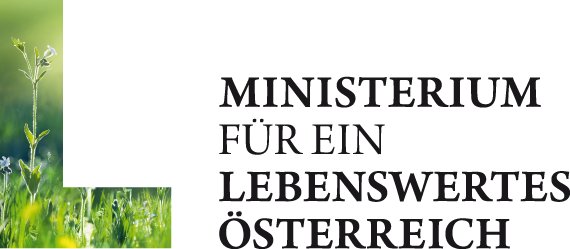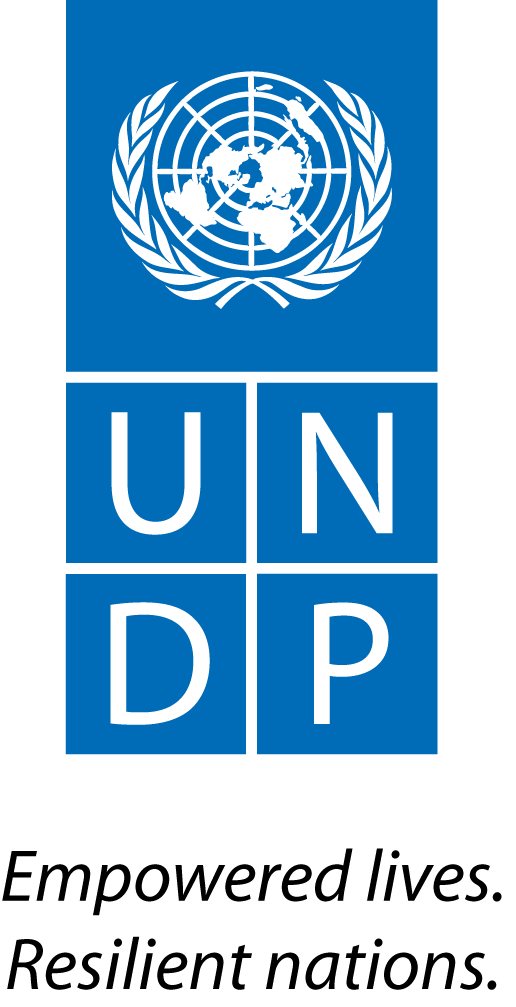From the increase in frequency of heatwaves to the spread of infectious diseases, changing weather patterns are already affecting us all
The consequences of climate change sometimes appear far off. But warming and changing weather patterns are already driving changes in public health. The following are seven ways in which climate change affects you and your well-being.
Heatwaves
Heatwaves are increasing in frequency, intensity, and duration throughout the world. The nature of heatwaves is also affected by climate change. Nighttime temperatures have been climbing twice as fast as average temperatures since 1970, meaning less relief at night. (When the temperatures at night don't fall in farm country, the cows go down. The same holds true for us.) In addition, the warmer atmosphere holds more water vapor -- seven percent more for each one-degree Celsius warming -- raising humidity levels, thus heat indices, which determine how we feel during a heatwave. The combination of factors make heatwaves today all the more lethal, and the consequences include cardiorespiratory illness, and dehydration and diarrhea in children. Thousands have lost their lives in recent heatwaves in Europe, Russia, and India, for example.
Asthma and Allergies
The total number of asthma sufferers in the U.S. has more than doubled since 1980 and several exacerbating factors stem from burning fossil fuels.
Increased carbon dioxide (CO2) and warming both boost pollen production from fast-growing trees in the spring and ragweed in the fall. The allergenic proteins in the pollen become stronger with higher levels of CO2.
You may have observed that poison ivy is proliferating. Increased CO2 also stimulates poison ivy growth and boosts the chemical within it (uruschiol) that causes the contact dermatitis.
Small particulates from burning fossil fuels (e.g., diesel, coal), in addition to clogging our airways, attach to pollen and mold spores and help deliver them deep inside our lung sacs. Furthermore, ground-level ozone -- photochemical smog, chiefly from other tail pipe emissions -- injures the lung linings and primes the allergic response. The reaction that forms ozone also increases during heatwaves.
Meanwhile, climate change has extended the allergy and asthma season two to four weeks in the Northern Hemisphere (depending on latitude) since 1970. In addition to the anxious suffering induced by asthma, the loss of school days and lost productivity attributable to asthma in the U.S. cost us $56 billion in 2007 -- and that number continues to climb.
Spread of Infectious Diseases
Climate change encourages the spread of infectious diseases in two ways: Warming expands the geographic conditions conducive to transmission of vector-borne diseases (VBDs) while extreme events often leave clusters of mosquito-, water - and rodent-borne diseases (and spread toxins).
First, mosquito-borne diseases are appearing higher in the mountains of Africa, Asia, and Latin America, precisely where glaciers are retreating and plant communities are migrating upward. (Mountains are superb laboratories for studying climate change, because of their verticality. One can go from desert to tropical to polar conditions in just five miles.) Today, Malaria is circulating in the Nairobi, a mile high city; malaria has occurred high in the mountains of Bolivia; and dengue fever is spreading throughout the highlands of Vietnam.
In the U.S., tick-borne Lyme disease (LD) is the most important VBD. Its range is increasing as winters warm. LD case reports rose eight-fold in New Hampshire in the past decade and 10-fold in Maine (and today include all of its 16 counties). Babesiosis, or animal malaria, also carried by ticks, is growing in the northeast and threatens the blood supply.
Warmer winters and disproportionate warming toward the poles mean that the changes in range are occurring faster than models (based on average temperatures) projected. Biological responses of vectors and plants to warming are, in general, underestimated and may be seen as leading indicators of warming due to the disproportionate winter and high-latitude warming.
Note: While temperatures have risen in the U.S. some one-degree Fahrenheit in the past century, those in Maine have gone up 1.4 degrees and winters have warmed three degrees. On the other side of the continent the changes are even more dramatic. Alaska's temperature has risen 3.4 degrees while its winters have risen 6.4 degrees, bringing in stinging insects (wasps), mosquitoes, and pine bark beetles, all while melting tundra and coastal inundations are forcing communities to relocate, causing untold emotional and mental stress.
Then, to extreme events. Extreme weather events are increasing in frequency and their very nature is intensified by global warming. With the warmed atmosphere holding more water vapor and the warming ocean the repository for the last century's global warming, rain is coming down with increasing intensity across the continual U.S. The yearly amount has increased seven percent overall since 1970, while two-inch/day rains, four-inch/day rains, and six-inch/day rains have increased 14 percent, 20 percent, and 27 percent, respectively. Rains in the U.S. over two-inches/day are associated with E. coli and cryptosporidium infections. Heavy rains and flooding can also spread toxic chemicals and leave new breeding sites for mosquitoes.
Pests and Diseases Affecting Forests, Crops, Marine Life
Pests and diseases affecting forests, crops, and marine life are also encouraged in a warmer world. Bark beetles are over wintering (absent sustained killing frosts) and moving to higher latitudes and altitudes, and getting in more generations each year from Arizona to Alaska. Drought in the west also affects tree resistance, drying the resin in the bark that normally drowns the beetles as they try to drive through.
While bark beetles are a natural part of the ecology of forests, consuming dead stands and recycling nutrients, warming and extremes have upset this balance, negotiated over millennia, emboldening the pests while weakening the hosts.
Forest health is also threatened in the Northeast U.S. Asian Long-horned beetles could spread with warmer winters. Today, the wooly adelgid -- an aphid-like insect -- is decimating Eastern hemlock trees in New England, altering stream quality, and increasing the potential for wildfires (that cause injury, air pollution, death, and property loss, plus tons of carbon released, and damage to oxygen and clean water supplies.)
Crop pests and diseases are also aided by warming and extremes. Warming increases their potential range, while floods foster fungal growth and droughts favor aphids, locusts, and viral-infecting whiteflies. Higher CO2 stimulates growth of agricultural weeds. The combination of more pests, diseases, and weeds may require more pesticides, herbicides, and fungicides (where available) for control, increasing the chemical threats to human health. Globally, crop pests, pathogens, and weeds take up to 40 percent of yield annually, amounting to some $300 billion in losses on global markets.
Marine diseases (e.g., coral bleaching and sea urchin die-offs) are spreading in the coastal environment. Algae -- dubbed "the vegetables of the sea" by Rachel Carson -- absorb nutrients and CO2. Toxin-producing harmful algal blooms (HABs) proliferate with excess nutrients (nitrogen and phosphorus), loss of coastal wetlands (that filter nutrients out), and warmer seas. Extreme weather events (especially flooding) trigger HABs by flushing nutrients into estuaries and coastal waters. "Dead zones" -- areas with low and no oxygen from persistent HABs -- are proliferating. The over 350 around the world affect fisheries, nutrition, economies, and health. (The one in the Gulf of Mexico doubles in size after flooding along the Mississippi, as farm nitrogen run-off feeds the algae.) Some HABs, including some in New England, contain toxins that contaminate shell-fish and can lead to human illness and the closure of shell-fish beds.
Algal and zooplankton blooms can also harbor microbes, including species of Vibrio bacteria. The outbreak of Vibrio parahaemolyticus gastroenteritis (a cousin of Vibrio cholerae, the cause of cholera) in cruise-ship travelers in 2004 from eating oysters harvested in warm Alaskan waters extended the northernmost documented source of oysters causing V. parahaemolyticus illness by 600 miles. Mean daily water temperatures exceeded the threshold of 15 degrees Celsius or 63 degrees Fahrenheit.
Winter Weather Anomalies
With warmer winters overall, more precipitation is falling as rain rather than snow in the Northern Hemisphere, increasing the chances for ice storms. Additionally, more atmospheric moisture nourishes heavy snowfalls. Warming oceans and melting Arctic ice lie at the heart of polar leakage of cold air and altered patterns of the Jet Stream have affected U.S. and European winters for the past two years. Ice storms and heavy snow storms affect ambulatory health (orthopedics), and can lead to motor vehicle accidents, exacerbate cardiac disease, and cause power outages with accompanying health effects. Melting of heavy snowpack this past spring contributed to flooding along the Mississippi River and its tributaries.
Drought
Droughts are increasing in frequency, intensity, duration, and geographic extent. Drought and water stress are major killers in developing nations, and are associated with disease outbreaks, including water-borne cholera and mosquito-borne dengue fever (mosquitoes breed in stored water containers around houses). Droughts and dead stands from forest pests, plus more unstable wind patterns from altered temperatures and pressures, all contribute to the rising incidence and toll of forest fires.
Drought can directly lead to illness: Dengue fever has been on the rise in the Caribbean, where water stored in containers and left in tires and vases provide micro-breeding sites. In Africa's Sahel, meningitis outbreaks increase as mucus membranes dry.
Drought and higher CO2 also contribute to food-borne illness, as they increase the cyanide content of cassava, a staple food in Africa. Cyanide-intoxication leads to neurological disabilities and death.
Food Insecurity
Food insecurity is suddenly a major problem worldwide. Demand for meat, fuel prices, and displacement of food crops with those grown for biofuels, all contribute. But extreme weather events today are the acute driver. Numerous extreme weather events are boosting grain prices and causing shortages in many nations.
Food shortages and price hikes contribute to malnutrition that underlies much of poor health and vulnerability to infectious diseases. Food insecurity can also lead to political instability, conflict, and war.
Climate change has multiple implications for human health. Some of the impacts are direct (e.g., from heatwaves), and some are indirect (via disease vectors). The most profound implications for human health, however, lie with the impacts of climate change on the ecological systems -- our life support systems -- that underlie our health and well-being.






